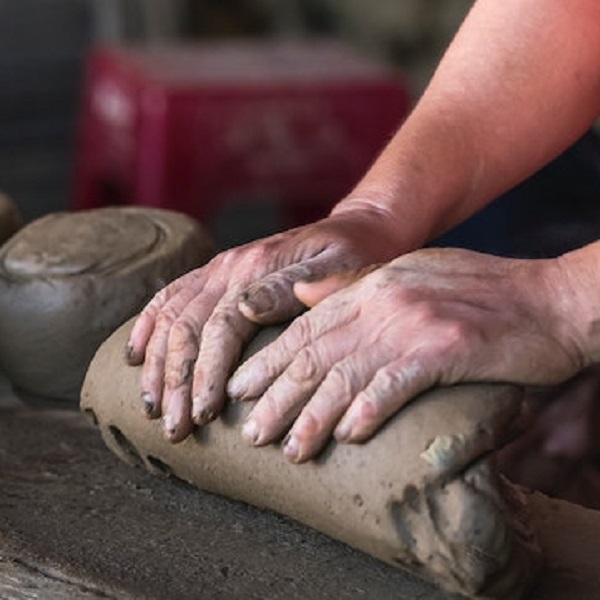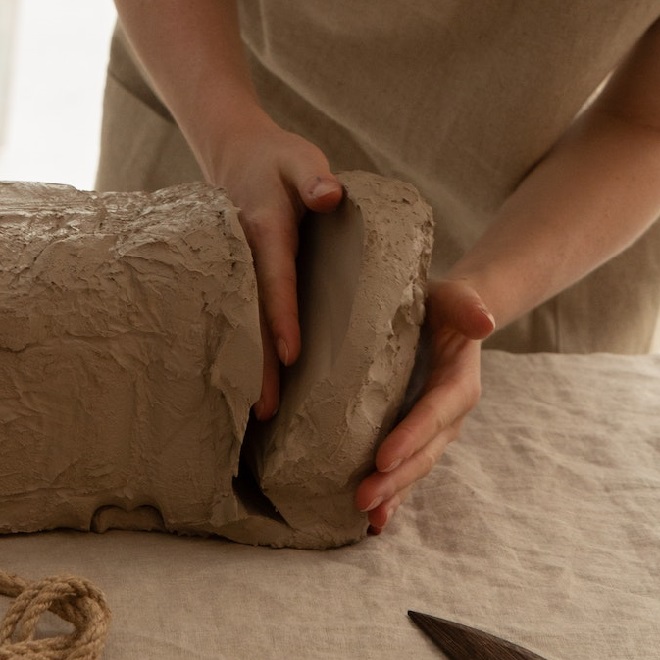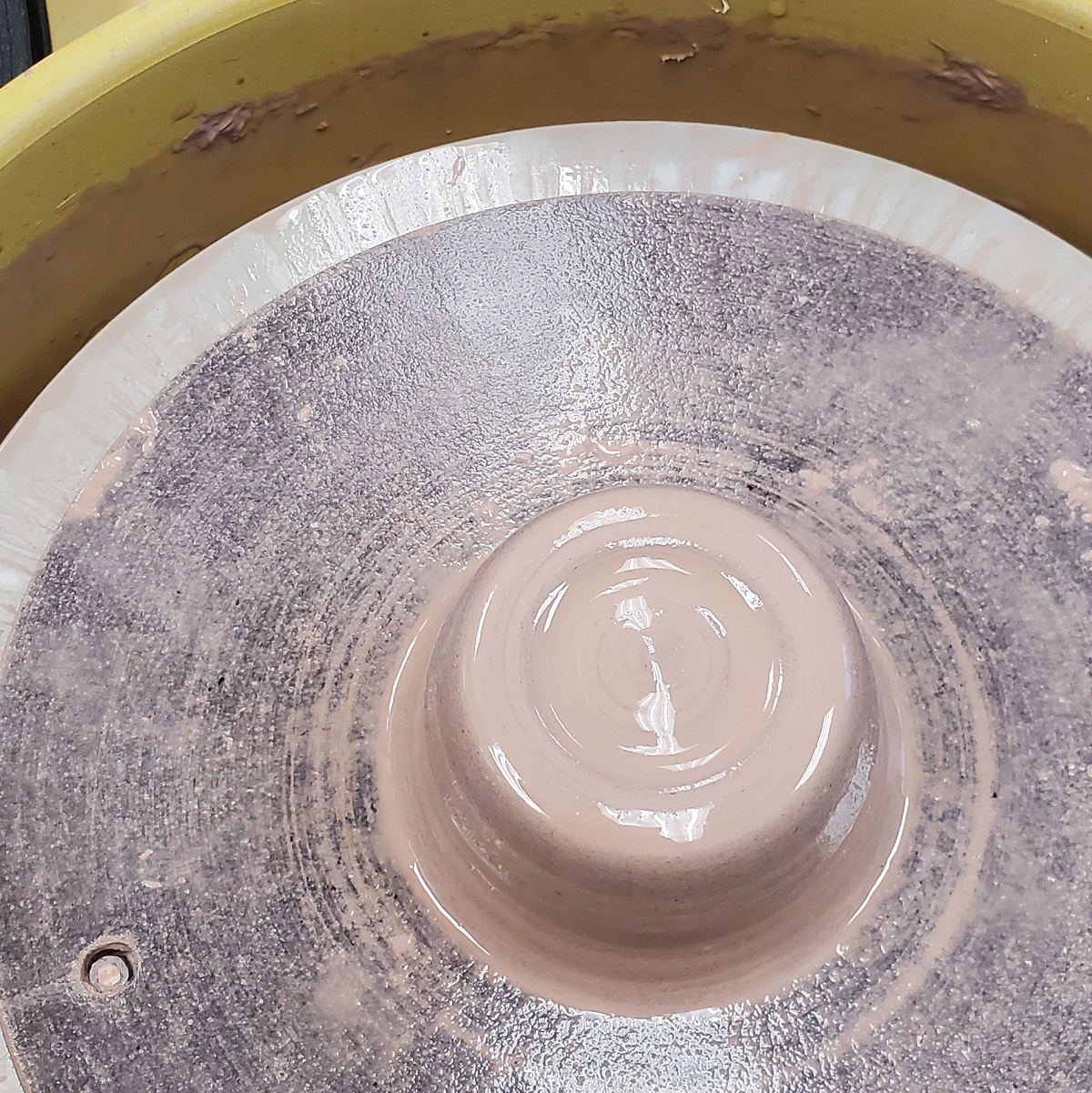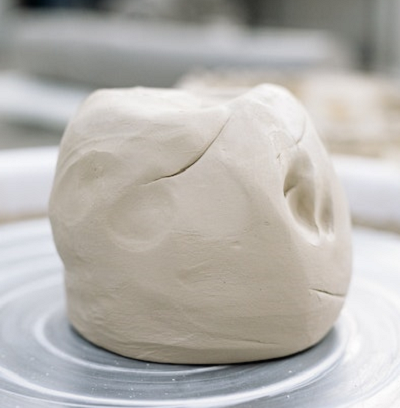
Clays vary widely, so selecting the right clay to use for your project is the first key to success. Browse to learn clay basics, the best types for each type of project, what to look for when selecting clay, and a round up of our favorites.
Knowing the basics of clay is essential for success in the studio, so here are the various types you’re likely to see available, and some broad information about each category.
If you’re new to Pottery, the first thing to get a handle on is Clay. No pun intended. But seriously, if you use the wrong clay, your project is doomed from the start.
This site uses affiliate links. If you shop using links on our site, we may earn a commission. As an Amazon Associate, I earn from qualifying purchases.
Choosing The Right Clay For Your Projects
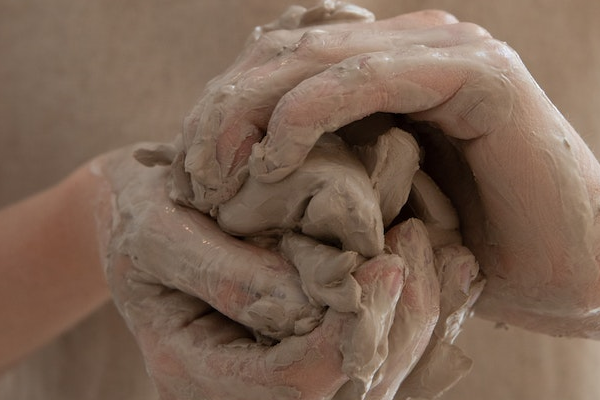
Clay Types – The 4 General Categories Of Clay
Air Dry Clay (Water Based Clay)
This type of clay (as the name suggests) air dries. In other words, it doesn’t require heat, or need to be fired in a kiln. Once dried, projects made with this type of clays will need to be sealed with a resin or epoxy style product in order to be waterproof.
Typical project uses include children’s sculpture projects, pinch pots, basic crafting.
Modeling Clay (Oil Based Clay)
Modeling clay is a very maliable clay type, and there are technically both air-dry and oil-based (non drying) options. But, in general, most people think of modeling clay as the oil based (non-drying) variety of clay that is meant to be used again and again. This type of clay cannot be fired, because it does not hold up to the high temperatures.
Typical uses are childrens play and claymation type projects.
Polymer / Oven Bake Clay
This type of clay hardens when baked, and hardens at lower temperatures that ceramics clay (so it can be hardened in a home oven). This is a versatile category of clay, and has many practical uses for artists and crafters.
Typical projects include things like children’s crafting, small hand building crafts, ornament making, and home jewelry/bead making.
Pottery or Ceramic Clay – Our Focus
This type of clay is modeled or otherwise formed, then must be allowed to dry before being fired in a kiln. It is often finished with a glaze (which requires a second firing). Pottery/Ceramic clay is the category of clay that we’ll explore on ThePotteryNetwork.com, and there are underlying clay body types within the Pottery Clay category.
Typical projects include pinch-style pottery, sculpting, hand building, and wheel thrown pottery. This is the category of clay appropriate for the Pottery styles and topics covered by our blog. However, it’s important to note that the sub-categories of pottery clay, and the clay bodies best suited for the project types listed here vary widely. We explore types of Pottery Clay in a number of posts, which you can browse below, or on our Pottery Blog.
Within the Ceramic Clay category, the major clay bodies include Earthenware, Mid Fire Stoneware, High Fire Stoneware and Porcelain. However, diving into the differences of these clay body types is a subject for a separate, more detailed article. Read more here.
Shopping For Clay? Read About How To Find The Best Clay For Throwing Here.
But if you just want the quick and dirty…
These are my Top 3 Clays Recommendations For Throwing On A Potter’s Wheel:
Standard Ceramic 553 Warm Buff Stoneware
Mid-Fire
- All purpose clay with fine grog
- Shrinkage avg. at cone 6 is 12%
- Suiteable for larger pieces on the Potter’s Wheel
Amaco #11 A-Mix White Stoneware
High-Fire
- Notably strong as greenware, fires strong as well
- Shrinkage is avg. 11.2% at cone 5
- Low risk for glaze interactions due to low iron content
Rocky Mtn. Clay Best Mix BMix w/ Grog
Mid-Fire
- Versatile and economical for
- Shrinkage at cone 6 is 12.5%
- Fires to a lovely white or light gray
- Throwing or hand building
Browse Our Clay Related Topics Below:
Wedging Clay: What Is It, Why It’s Necessary + How To Wedge (w/ Video)!
Whether you are running a shared studio space, or are setting up a small home studio for your own personal use… every Potter should master this process. We take a look at all aspects of wedging, over several articles. From basic guidance on proper technique, to what surfaces are ideal (and where to find the…
Continue Reading Wedging Clay: What Is It, Why It’s Necessary + How To Wedge (w/ Video)!
The 6 Stages Of Clay – From Slip To Glazeware (With Photos)!
What are the 6 Stages of clay? In short, they are slip, plastic, leather hard, bone dry, bisqueware and glazeware. We dive into the details of each stage, including photos! This guide to the various stages of clay will help you understand each stage, what it looks like, and what you might be working on…
Continue Reading The 6 Stages Of Clay – From Slip To Glazeware (With Photos)!
Best Types Of Clay For Throwing Ceramic Pottery: A Clay Buying Guide
Asking ‘what’s the best clay for throwing?’ is a bit like asking ‘what’s the best flavor of ice cream?’… ask 3 different Potters, and you’re going to get 3 different answers. It certainly does depend on individual preferences, what types of clays you’re used to working with, and the specific types of projects and glazes…
Continue Reading Best Types Of Clay For Throwing Ceramic Pottery: A Clay Buying Guide

